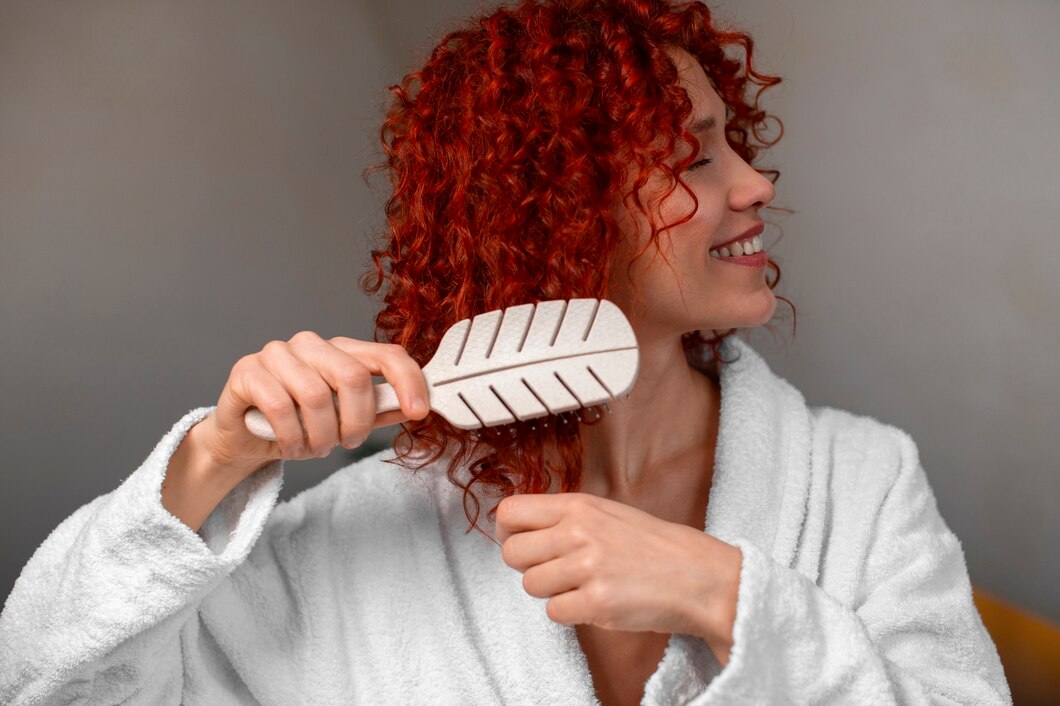Coloring natural hair is a fantastic way to express your personality and style. However, the process requires careful consideration to maintain the health and integrity of your hair. Whether you’re going for a subtle change or a bold transformation, following expert advice can help you achieve vibrant results while keeping your hair in top condition. Here’s a comprehensive guide on the dos and don’ts of coloring natural hair.
The Dos
1. Do Prep Your Hair
Before coloring, ensure your hair is in its healthiest state. This means moisturizing your hair regularly and getting rid of any split ends. Deep conditioning treatments a week before coloring can also help strengthen your hair, making it more resilient to the coloring process.
2. Do a Patch Test
Always perform a patch test before applying color all over your head. This will help you check for any allergic reactions and give you an idea of how the color will turn out. Apply the dye to a small section of your hair and wait 48 hours to see the results.
3. Do Choose the Right Products
Use hair dyes specifically formulated for natural hair. These products are generally free of harsh chemicals like ammonia and parabens, which can strip your hair of its natural moisture. Opt for brands that offer nourishing ingredients, such as shea butter, argan oil, or keratin.
4. Do Seek Professional Help for Drastic Changes
If you’re planning to make a drastic change, like going from dark brown to platinum blonde, it’s best to consult a professional. Lightening natural hair, especially by several shades, requires expert handling to prevent damage and uneven color.
5. Do Regular Treatments Post-Coloring
Colored hair requires extra care to maintain its health and vibrancy. Regular deep conditioning treatments and protein masks will help restore moisture and strength. Additionally, consider using color-safe shampoos and conditioners to prolong the life of your color.
6. Do Hydrate Your Hair
Color-treated natural hair needs moisture more than ever. Hydrate your hair regularly with leave-in conditioners, moisturizing oils, and hair masks. Look for products with ingredients like coconut oil, jojoba oil, and aloe vera to keep your hair soft and manageable.
The Don’ts
1. Don’t Skip the Strand Test
Skipping the strand test can lead to unpleasant surprises. This step is crucial for ensuring that the color will turn out as expected and that your hair can handle the dye without adverse effects.
2. Don’t Over-Process Your Hair
Avoid applying color too frequently, as this can lead to damage and breakage. It’s recommended to wait at least 6-8 weeks between coloring sessions. Over-processing can weaken the hair shaft, making it more prone to dryness and split ends.
3. Don’t Use High Heat
Colored natural hair is more susceptible to heat damage. Avoid using high heat when styling and always apply a heat protectant spray before using any heat tools. Excessive heat can cause the color to fade faster and may lead to dryness and brittleness.
4. Don’t Ignore Scalp Care
Healthy hair starts with a healthy scalp. After coloring, your scalp might be more sensitive, so it’s important to keep it moisturized and avoid harsh products. Use a gentle, sulfate-free shampoo and regularly massage your scalp to stimulate blood flow and promote hair growth.
5. Don’t Use Clarifying Shampoos
Clarifying shampoos are great for removing build-up, but they can strip color-treated hair of its dye and moisture. Stick to color-safe shampoos that are specifically designed to cleanse your hair without fading the color.
6. Don’t Skip the Post-Color Care
After coloring your hair, follow up with a nourishing treatment to seal the cuticle and lock in the color. This will also help in maintaining the softness and shine of your hair.
Coloring natural hair can be a fun and rewarding experience when done correctly. By following these dos and don’ts, you can enjoy your new hair color while keeping your curls healthy and vibrant. Remember, the key to beautiful color is healthy hair, so make hair care a priority throughout your coloring journey. If ever in doubt, consult with a professional stylist who understands the nuances of natural hair to ensure the best results.








